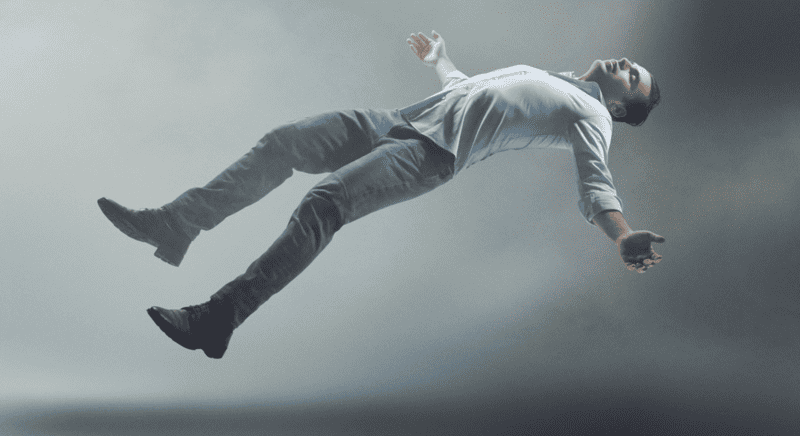No one knows for certain if the afterlife exists. The only thing we have to go by are people who have died and come back to life in the hospital. But we’ll never truly be able to discover the afterlife until, well, we’re in the afterlife. However, some scientists have tried numerous experiments to discover the afterlife. While skeptics question many of these experiments, you might believe them. After all, there’s no real way to prove, or disprove, many of these experiments. Throughout history, various organizations and individuals have conducted investigations into paranormal phenomena and spirits of the afterlife. These people include mediums claiming to communicate with the deceased, group seances, and other purported evidence of life after death.
According to The Atlantic, “Two recent books by doctors—Proof of Heaven, by Eben Alexander, who writes about a near-death experience he had while in a week-long coma brought on by meningitis, and To Heaven and Back, by Mary C. Neal, who had her NDE while submerged in a river after a kayaking accident—have spent 94 and 36 weeks, respectively, on the list.” But the strangest part is that everyone describes similar feelings and experiences, which raises the question: does the afterlife exist?
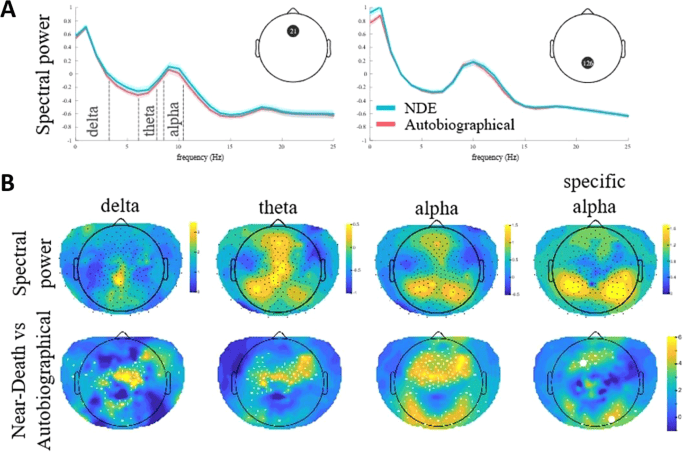
Near-Death Experiences (NDEs) Research
Individuals who were reported clinically dead and brought back to life claim they experienced the afterlife. There are numerous reports of people who felt themselves leaving their bodies, entering a tunnel, seeing a bright light, and feeling at peace. No one knows if these people have entered the afterlife, or if it has to do with chemical processes in the brain. Researchers spent time analyzing the experiences to figure it out.
One type of Near Death Experience includes the Vertical NDE, where “some experiencers report seeing events going on at some distant location, such as another room of the hospital; or an experiencer might meet a deceased loved one who then communicates verifiable information the experiencer had not known.” Other experiments have included using hypnosis as a way to replicate NDE (Med Virginia).
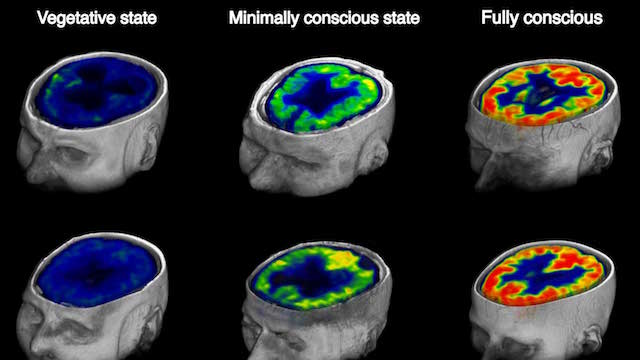
Consciousness Studies
Scientists don’t truly understand how consciousness works. Some have explored aspects of human awareness, including looking at consciousness exiting the physical body. These experiments have used meditation, psychedelics, and other means to explore consciousness and how it survives beyond death.
According to Science Direct, “However, studying altered states is probably one of the best ways to study consciousness itself because most phenomena, mental or otherwise, are usually studied by manipulating them. As is the case for consciousness as a whole, there has been a resurgence of sound research on altered states in recent years.” Scientist Charles Tart studied the transition in consciousness between sleep and wake, saying, “The twilight between sleep and waking is an example of such an unstable position. We cannot operate in this zone for long and consciousness quickly gives way to the stable state of either waking or sleep. This led Tart to propose the model of what he called state-specific sciences.” States with hallucinogenics also create a similar state (Science Direct).

Quantum Physics and Consciousness
While Quantum physics might seem like a complicated idea to tackle, it may suggest some existence of non-locality and interconnectedness. According to Stanford, “Today there is accumulating evidence in the study of consciousness that quantum concepts like complementarity, entanglement, dispersive states, and non-Boolean logic play significant roles in mental processes.”
These may be controversial ideas, but scientists believe it’s worth studying and looking into, as a way of discovering the afterlife. Without referring to brain activity, scientists use quantum physics to look more at consciousness as opposed to how the brain operates. One way they look at it is that “matter and consciousness are regarded as dual aspects of one underlying reality.” It may blur the lines between our physical reality and the afterlife (Plato Stanford).

Mediumship Studies
Research has discovered that people who practice mediumship studies have higher dissociation symptoms than non-mediums. Scientists have looked into claims of people who have supposedly communicated with the spirits of the deceased. Unfortunately, there are some flaws with these methods, as there’s a potential for deception.
In one experiment, “Two research studies were conducted in which mediums provided readings about particular deceased persons to a proxy sitter. The real sitters then blindly rated the reading that was intended for them along with several control readings. In the first study, the results were not significant. In the second, much larger study the results were highly significant.” However, the results are not conclusive enough to make any firm claims about the afterlife (Med Virginia).
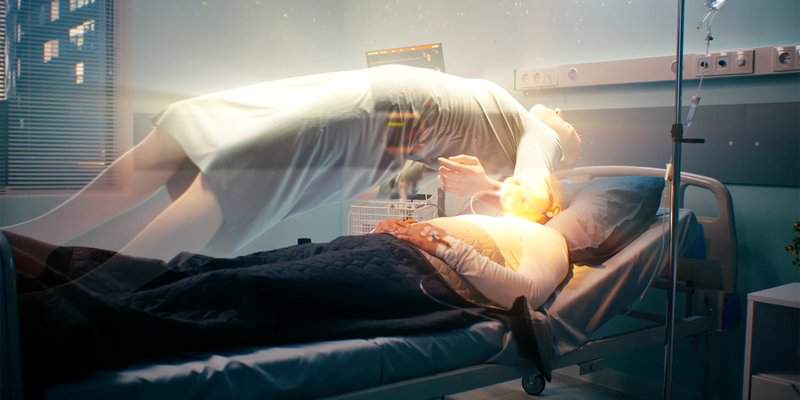
Reincarnation Research and Experiments
Cases of reincarnation have baffled scientists for years. Some individuals claim to have memories or experiences from a past life. It’s speculative whether those memories are real or not, which is why researchers have investigated them. It could be a gateway to the afterlife. While many religions might not agree on the meaning of reincarnation, it doesn’t mean scientists don’t want to study it.
Cyndi Hammons recalls her son, Ryan, remembering a supposed past life. She said, “I was more in shock than anything. He was so insistent about it. After that night, he kept talking about it and kept getting upset about not being able to remember those names. I started researching the Internet about reincarnation. I even got some books from the library on Hollywood, thinking their pictures might help him. I didn’t tell anyone for months.” His case is not rare, and psychiatry professor Jim Tucker has 2,500 case files of others who have memories from past lives. In another experiment conducted in 1983, an individual remembered a life during the French Revolution and even spoke French while in a trance despite not knowing French. She even knew the names of old streets which had since then changed (UVA Magazine).
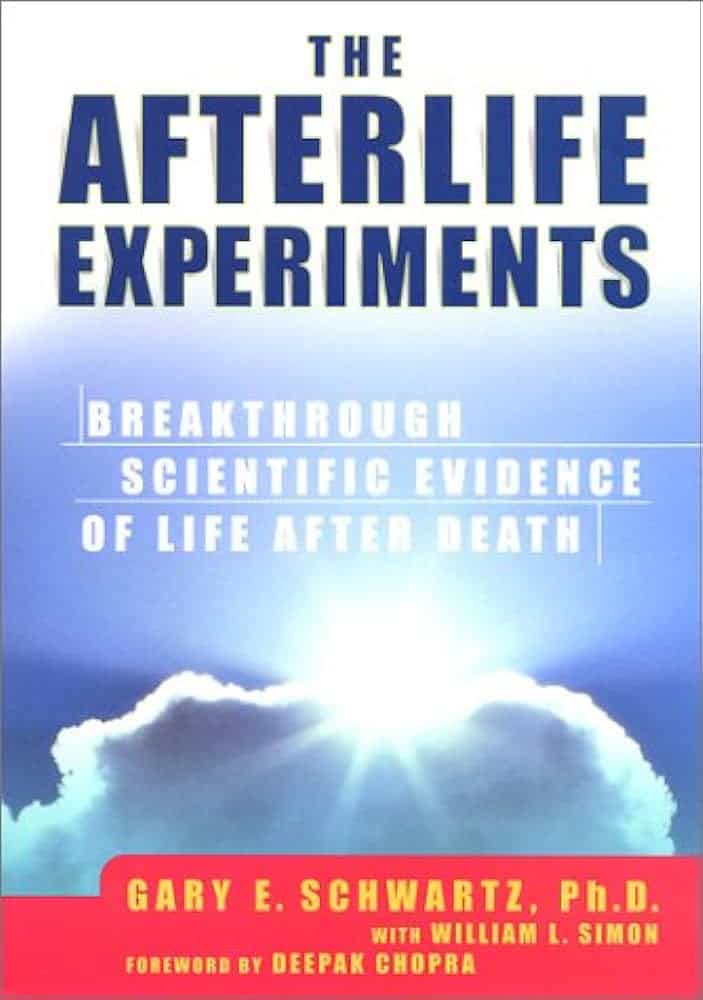
The Afterlife Experiments Conducted by Gary Schwartz
Back in 2002, professor of Psychology Gary Schwartz wrote a book named “The Afterlife Experiments”. He used a combination of mediums and sitters, which are people who have had close relationships with people who are now dead. The medium was able to pinpoint the exact names and facts about the sitter’s deceased loved ones. Skeptics of the experiment have been unable to explain it away as lucky guesses or fraud. The medium was as high as 95 percent accurate.
To prevent lucky guesses, Schwartz set up a control group. The average hit rate of the mediums was 83 percent, and the control group was 36 percent, proving the mediums had some sort of advantage. Perhaps it was a connection to the afterlife. According to a book review, ” a revelation about a son’s suicide, what a deceased father wanted to say about his last days in a coma, the transformation of a man’s lifelong doubts about the afterlife, and, most amazing of all, a forecast of a beloved spouse’s death. Forced by data to abandon skepticism, Schwartz presents this amazing account of his groundbreaking work, compelling from first page to last.” Statistically speaking, the probability of the control group difference by chance is one in ten million, further proving the tremendous discovery (Simon and Schuster).

EVP Experiments
You might recognize EVP Experiments on shows. This is where people hear human-sounding voices, coming from an unknown source, on a recording tape. Oftentimes, these voices are heard on a recording tape. They never hear the voices at the time of recording, only when the tape is played back. Sometimes, it’s hard to hear what the voice is saying.
In the book Breakthrough: An Amazing Experiment in Electronic Communication with the Dead, “psychologist Konstantin Raudive experimented using a communication method known as Electronic Voice Phenomena (EVP), whereby deceased communicators appear to send messages and images via computers, radios, television, and other electronic devices.” At first, they put it down to faulty equipment, but later on learned something might be different (Amazon).
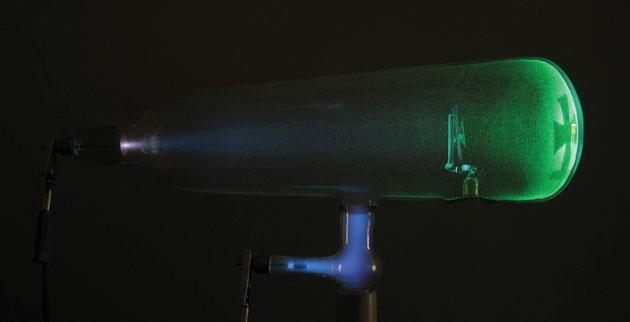
Sir William Crookes Experiments
English chemist and physicist Sir William Crookes studied cathode rays, with his “Crookes Tube.” After his younger brother died at age 21, he developed a strong interest in spiritualism. According to Britannica, “His research on electrical discharges through a rarefied gas led him to observe the dark space around the cathode, now called the Crookes dark space. He demonstrated that cathode rays travel in straight lines and produce phosphorescence and heat when they strike certain materials.”
“It must be at my own house, and my selection of friends and spectators, under my conditions, and I may do whatever I like as regards apparatus”. During the experiment, he supposedly watched bodies move at a distance and saw phantom figures appear. He was one of the first pioneers to truly push spiritualism (Google Books).
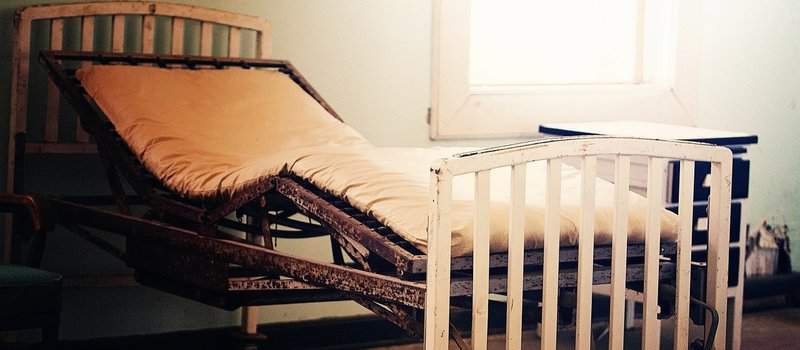
21 Grams Experiment
In 1907, Dr. Duncan MacDougall experimented to try and weigh the human soul. The beds of dying patients were placed on a balance. He titled his experiment “Hypothesis Concerning Soul Substance Together with Experimental Evidence of The Existence of Such Substance.”
He used six dying patients altogether, and concluded that at the moment of death, there was a loss in weight of three-quarters of an ounce, or 21 grams. Apparently, “He had previously determined the weight loss attributed to evaporation of moisture from the skin, and by comparison, this was sudden and much larger. He even controlled for weight loss due to urine and fecal eliminations and concluded that these could not account for the weight change. Air loss from the lungs was not the answer either, as he determined by lying on the scale himself and noting that breathing did not affect weight.” He also experimented on 15 dying dogs, only to discover that there was no weight loss, hence the theory that dogs do not have souls (McGill).
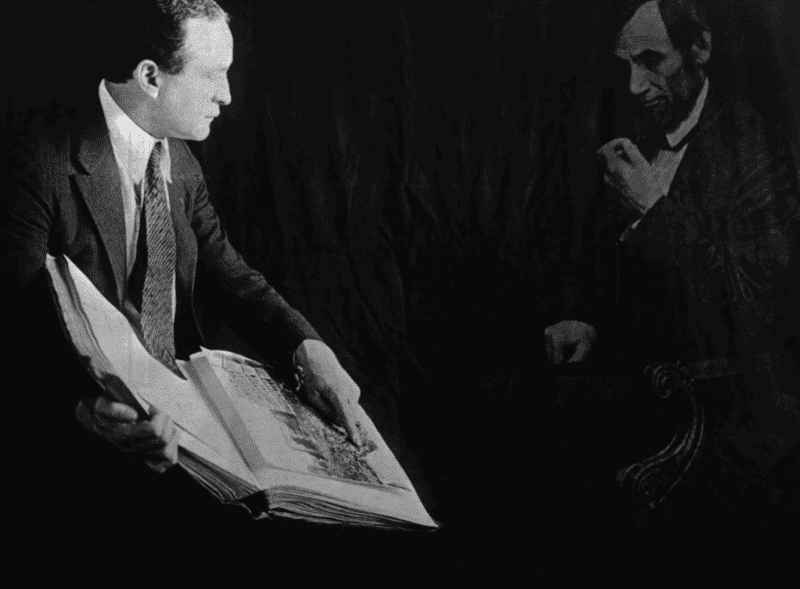
Harry Houdini’s Secret Code Experiment
Even though most of us believed the master escapist would escape death, he, too, succumbed. But he had one final experiment to conduct before he left this planet. Thanks to his training in magic, he’d been able to expose many mediums as frauds that had fooled many scientists. He feared that spiritualists would exploit him by pretending to contact him. He left his wife a secret code, which was ten words chosen at random from a letter written by Conan Doyle. However, in 1929, Rev. Arthur Ford claimed to have contacted Houdini during a seance and that he received the pre-arranged code, though it’s more likely he cracked the code through an autobiography.
People believe this was a myth. The code was a song from their youth, which translated to “Rosabelle, believe.” In 1936, Houdini’s wife, Bess, hosted a seance. Apparently, “it had the air of a spectacle, complete with invitations, music, and a recording to capture the event. But after an hour of calling upon the ghost of the illusionist, there was only silence. Harry Houdini had missed his final cue.” No one knows for certain if Houdini contacted his friend or not, or tried to contact his wife (National Geographic).

The Scole Experiment
In 1993, in the Norfolk village of Scole, four psychic researchers embarked on experiments. They carried out more than 500 experiments. Apparently, during these experiments, objects materialized and solid beings randomly appeared. Spheres also flew around the room and they received audio messages. The experiments continued in Ireland, Spain, the USA, and NASA scientists.
James Webster, who investigated the paranormal phenomena regarding this, said, “I was unable to discover any sign of fraud, and it seems to me that fraud couldn’t have been possible, both because of the type of phenomena observed and by the conditions in which they came about”. (Story Pick).
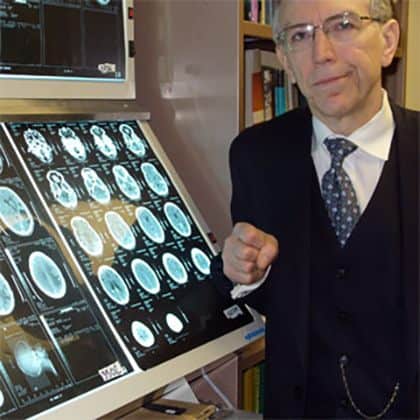
The God Helmet Experiment
As one of the most controversial afterlife experiments on this list, The God Helmet used neurotheology to discover the afterlife. This refers to the study of correlations of neural phenomena. It was started by Michael Persinger. He placed a modified snowmobile helmet on the subject’s head and used magnetic fields to stimulate the brain. According to Persinger, it replicates a near-death experiment, where the presence of God and dead relatives are seen. Richard Dawkins volunteered to be a test subject, but later on admitted he was disappointed at not having a spiritual sensation. Even though Persinger claimed 80 percent of his subjects experienced a presence, he was, in fact, wrong.
But this helmet replicates what many people experience. According to Atlas Obscura, “And even without wearing the helmet, undergoing an intense endurance challenge, or meditating, many people have a lot of weird experiences that defy ready explanation: A recent data analysis study by the World Health Organization showed that 6 percent of people had had a hallucination unrelated to drugs, alcohol, or psychiatric disruption.” There’s no saying if these people are experiencing the afterlife or something else (Atlas Obscura).
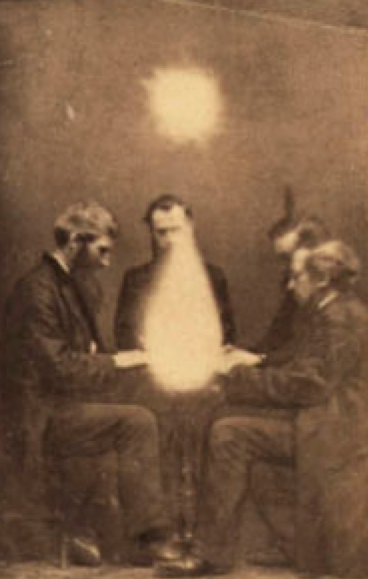
The Philip Experiment
In the early 1970’s, the Toronto Society of Psychical Research conducted The Phillip Experiment. They wanted to see if a fictitious historical character would manifest itself through a group’s effort of concentration. They named the ghost Phillip and gave it a personality. They even went so far as to draw a portrait to make him seem more real. The other 8 members memorized the fictional biography and studied the period when Phillip lived. For several years, it seemed the seances had no effect, until 1973 when it finally worked, and he made his first communication through a solid rap on the table. One knock meant yes, and two meant no.
According to Live About, “Philip was an aristocratic Englishman, living in the middle 1600s at the time of Oliver Cromwell. He had been a supporter of the King and was a Catholic. He was married to a beautiful but cold wife, Dorothea, the daughter of a neighboring nobleman.” Philip would even dim the lights and turn them on and off when prompted. At one point, the group attained a full levitation of the table. Once one of the members denied he was real, he ceased to exist (Live About).
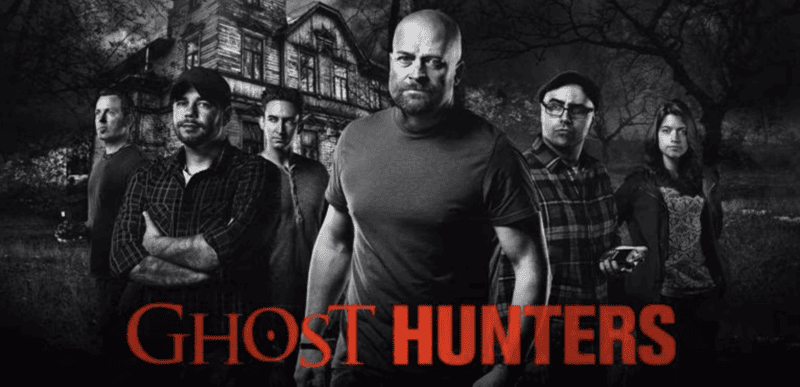
Ghost Hunters
This reality TV series originally debuted in 2004, when a team of investigators traveled to haunted locations. The team used Geiger counters, EMF scanners, laptops, and digital audio recorders. According to the show, “Despite mysterious and unnerving warnings from locals, the Ghost Hunters face their fears and stay on a mission: to help people confront terrifying paranormal encounters that have shaken them to their core. In doing so, they capture their most compelling evidence in over a decade.”
Even though many shows claim to have evidence, it’s more so based on the user and participants’ experience as opposed to actual evidence. The hunters claimed to have good recordings of strange mist, moving objects, and odd lights, though many skeptics claim the show lacks scientific methodology (AETV).

We Might Become Immortal with Cryonics
While this isn’t necessarily a discovery of the afterlife, it is a means of making humans immortal. Sorry, Grim Reaper, but you might be out of business soon. There are several ways scientists are looking to make humans immortal. This includes Cryonics, which is the “process of suspending a just-deceased person in a frozen state until the remedy for what killed them has been discovered. Then, theoretically, the person can be thawed out and cured.”
But the way to be properly preserved is to have all of your memories preserved, too. The cryonic process turns the brain into a “glass-like” substance. Ralph Merkle, a member of the Alcor Life Extension Foundation, has 153 deceased patients frozen in its facility. Not only that but there are almost another 1,000 people who have made arrangements to be preserved when they die. According to Merkle, “At some point in the future, we will have technology that can take the damaged structure [of the brain], analyze it, and recover the information. Once you can recover the information, you can restore the damaged structure with the memory and the information content intact.” (NY Post).
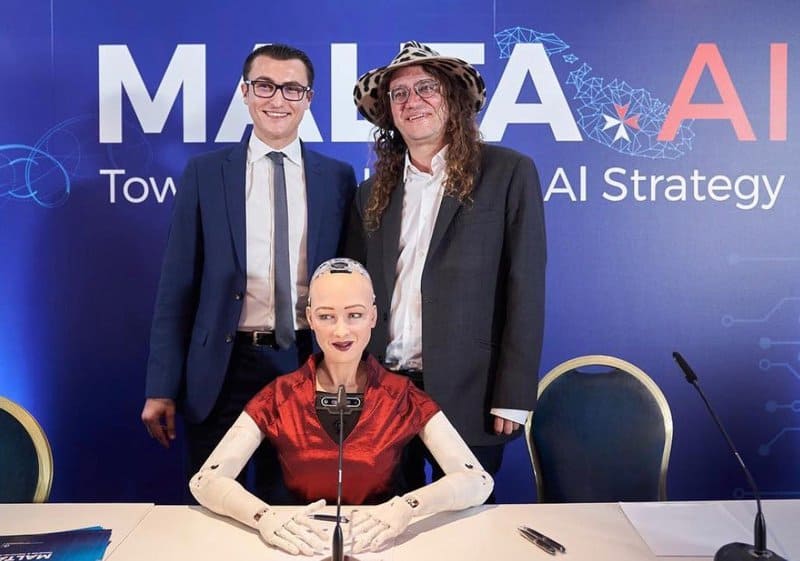
Scientists Want to Merge Us With Technology
Another way we might become immortal, thus merging our current lives and avoiding the afterlife, is to merge ourselves with technology. This is all thanks to the beliefs of Singularitarians.
In an interview, scientist Ray Kurzweil said, “. “By the 2030s we will have nanobots that can go into a brain non-invasively through the capillaries, connect to our neocortex, and connect it to a synthetic neocortex that works the same way in the cloud. So we’ll have an additional neocortex . . . and we’ll use it . . . to add additional levels of abstraction. As they gain traction in the 2030s, nanobots in the bloodstream will destroy pathogens, remove debris, rid our bodies of clots, clogs, and tumors, correct DNA errors, and reverse the aging process. I believe we will reach a point around 2029 when medical technologies will add one additional year every year to your life expectancy.” If this does happen, it means we might be further away from discovering the afterlife (NY Post).
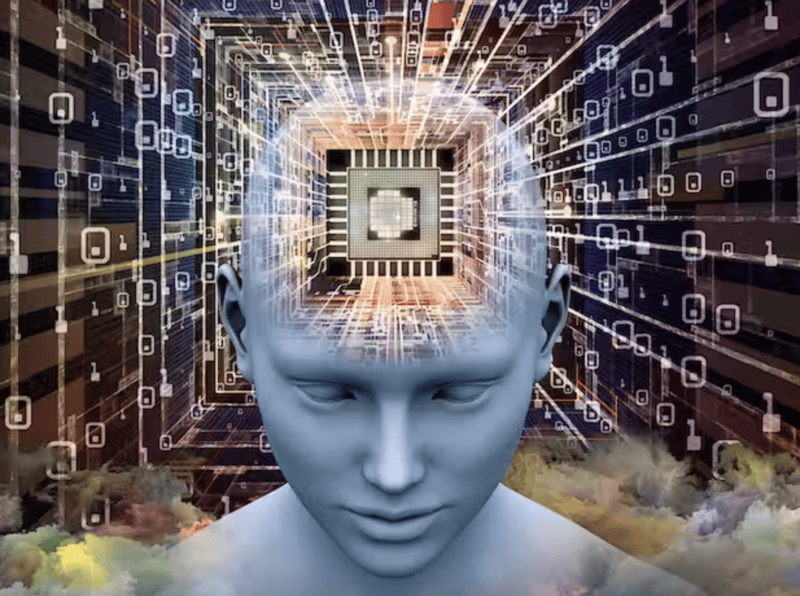
One Final Push for Mind Uploading
Furthermore, experiments in the future might lead to Mind Uploading, which means all of our consciousness will cease to exist as separate entities, and will all merge to become one. This means, “Scientists are currently trying to figure out how to assemble and preserve the connectome of a brain. Once that’s achieved, they will theoretically be able to download a human being’s conscious mind.”
But this isn’t recent news. Back in 2016, the 21st Century Medicine in Fontana California, managed to do just this. They froze a dead rabbit’s brain at temperatures colder than vitrification, “preservation of brain ultrastructure sufficient to establish that the ‘connectome,’ or totality of all brain cell to brain cell synaptic connections, can be preserved for at least 100 years.” They were awarded the Brain Preservation Prize. But the future is still grim. Despite these attempts to make human life last forever, scientists believe we still won’t live beyond 125 years (NY Post).
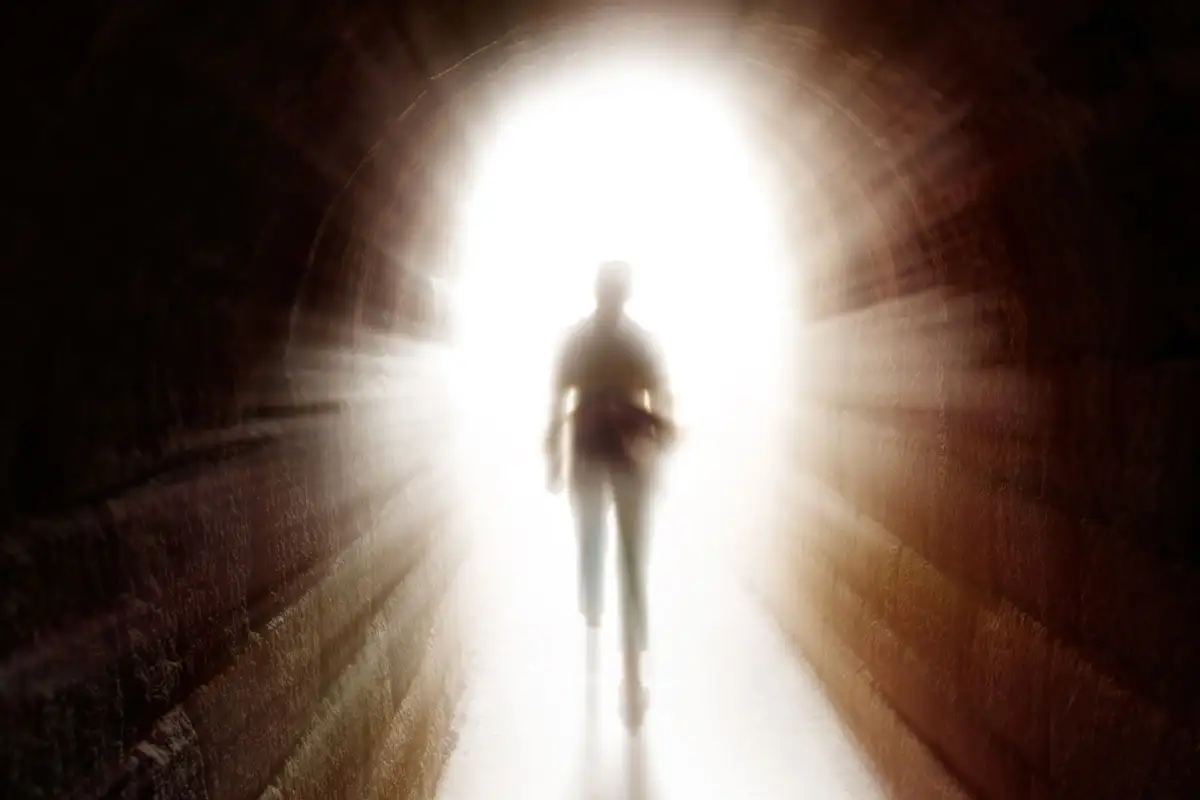
Some People Prove to Have Had Afterlife Experiences
While these experiments try and prove the afterlife exists, there are even more people out there who claim to have had an experience with a spirit or being of the afterlife. This person from Quora claims just that. They wrote, “In 2001 I went to China to study martial arts I was over there for roughly 10 days when I had a dream about my grandmother. She told me not to worry, that she had died and everything was okay. She was sitting on a bench in a type of garden with ghostly figures behind her.”
They continued to write, “When I woke up I called home and my mom and girlfriend at the time told me everything was okay. That night I had the same dream. So I called home the next day and my mom told me nothing had happened everything was fine. My girlfriend at the time however broke down crying to tell me that my grandmother had passed away the previous day. She apologized for lying. When I finally got home my mom had told me that my grandmother had died at around 1:00 in the afternoon. This sort of fit because I was asleep in China at the time. My mother told me that the last words that my grandmother said before she passed was “‘Where is Mickey?’”. Experiences like this just prove that there must be an afterlife, right? Maybe we’re not supposed to try and conduct experiments, but just to trust the spirits will reach out to us (Quora).

The Car Accident
Let’s take a look at this Reddit user, who had a near-death experience. They wrote, “I had a near-death experience in which I was ejected from an automobile. When I regained consciousness, a man came to me and said everyone survived. The man was there before any paramedics arrived, the craziest part of it all was that looking at that man gave me the most powerful sensation of deja vu ever. Maybe I hit my head too hard, but it was an insane experience, it was as if I had seen that man before.”
Based on the experiments above, it seems very plausible that this person visited the afterlife and had a meeting with a spirit of the afterlife. Even though there’s a medical explanation for deja vu, there’s no explanation for the random man who appeared and disappeared before any other paramedics arrived (Reddit).

The Doors Opened For Her
Other Reddit users share similar experiences of when they, or a close relative, almost died. Based on the experiments on this list, it only makes sense that each person’s experience sounds slightly similar to one another. According to this Reddit user, “My aunt always suffered from chronicle seizures that made her pass out. One day, she had one while no one was around, she was later found by my grandmother. The doctors luckily arrived in time to resuscitate her. She explained that she was in the brightest most peaceful hallway. She wandered through it until she found a massive door closed on one end.”
Could this be the gateway into the afterlife? The story went on to say, “She told my grandmother that she tried as hard as she could to open the door. Tapping, slamming, even kicking it would not allow the doors to break free. She looked back to see the back of the corridor gone, replaced with an emergency room. She was lying on a stretcher while multiple nurses/doctors were frantically working to revive her. She gave up on the door, turned around, and was led to the surgery room. She inevitably reached the room and reentered her body. She passed away at the age of 42, about nine months ago. Heart failure after multiple seizures. She left behind two young daughters and a husband. We like to think that the doors opened for her.” Perhaps the doors did open for her, and she is now in the afterlife (Reddit).

Being at Zero
This Reddit user describes their near-death experience as being at Zero. They wrote, “When I was twelve I drowned in the Gulf of Mexico. I was out pretty far from my family and the current picked up into a rip. I had always been a very strong swimmer and I knew what to do: swim parallel. On this occasion, I wore myself out and started to sink beneath the water. I remember struggling to breathe. Then, I took a big breath of water and everything stopped.”
This is when their life changed. They were alive one moment, and the next, they were on their way to the afterlife. They said, “The only way I can describe it is by saying it was being at Zero. I wasn’t scared or excited. I was just Zero. I was looking through the water and I blacked out. During that time, my mother was swimming out to me (she’d been a surfer all her life) and pulled me to shore and gave me CPR until I coughed up water. There was something eerily comforting about being at Zero.” Again, this is another similar experience to many of the experiments and other near-death experiences on this list (Reddit).
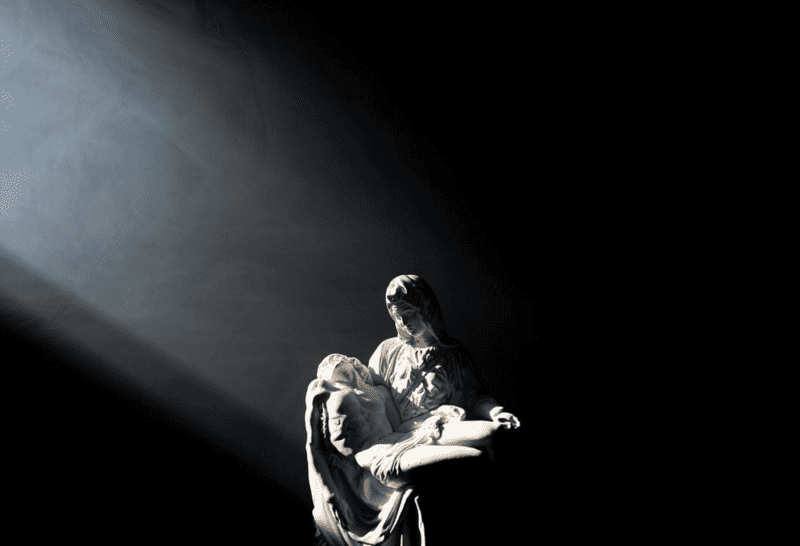
Die to Be Reborn
These experiments might touch on one thing, and that is that to be reborn, some must die. Maybe that’s why so many scientists want to discover the afterlife. But this Reddit user thinks of their experience as a cliche. They wrote, “I saw a brilliant light and walked into it. Inside, I saw my childhood home and my recently departed grandmother. We talked awhile and then she asked me a question that hit me like a ton of bricks: “Are you doing something that matters with your life?”‘
This seems like a powerful question that many people might think about when they’re close to death. The story went on to say, “When I was resuscitated, I came back in abject panic, but the most pressing thing that was in my mind was the realization that if I had died at that moment, I would have left the world worse off for having me in it. Back then I was a pretty sh**** person to a lot of people and caused much more harm than good. After this, I decided to change who I was and make life a little kinder. I now work as a counselor working with traumatized children who have experienced abuse, and I have never been happier. I guess I just needed to die to be reborn.” It seems that every person who has had a near-death experience, they come out a better person (Reddit).

